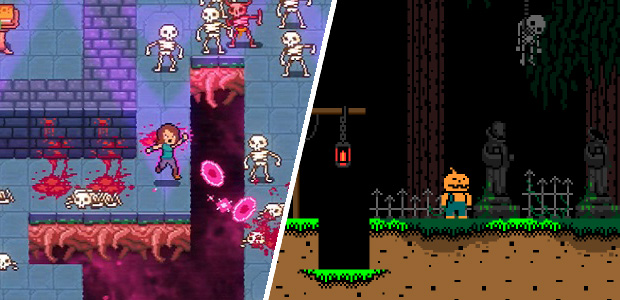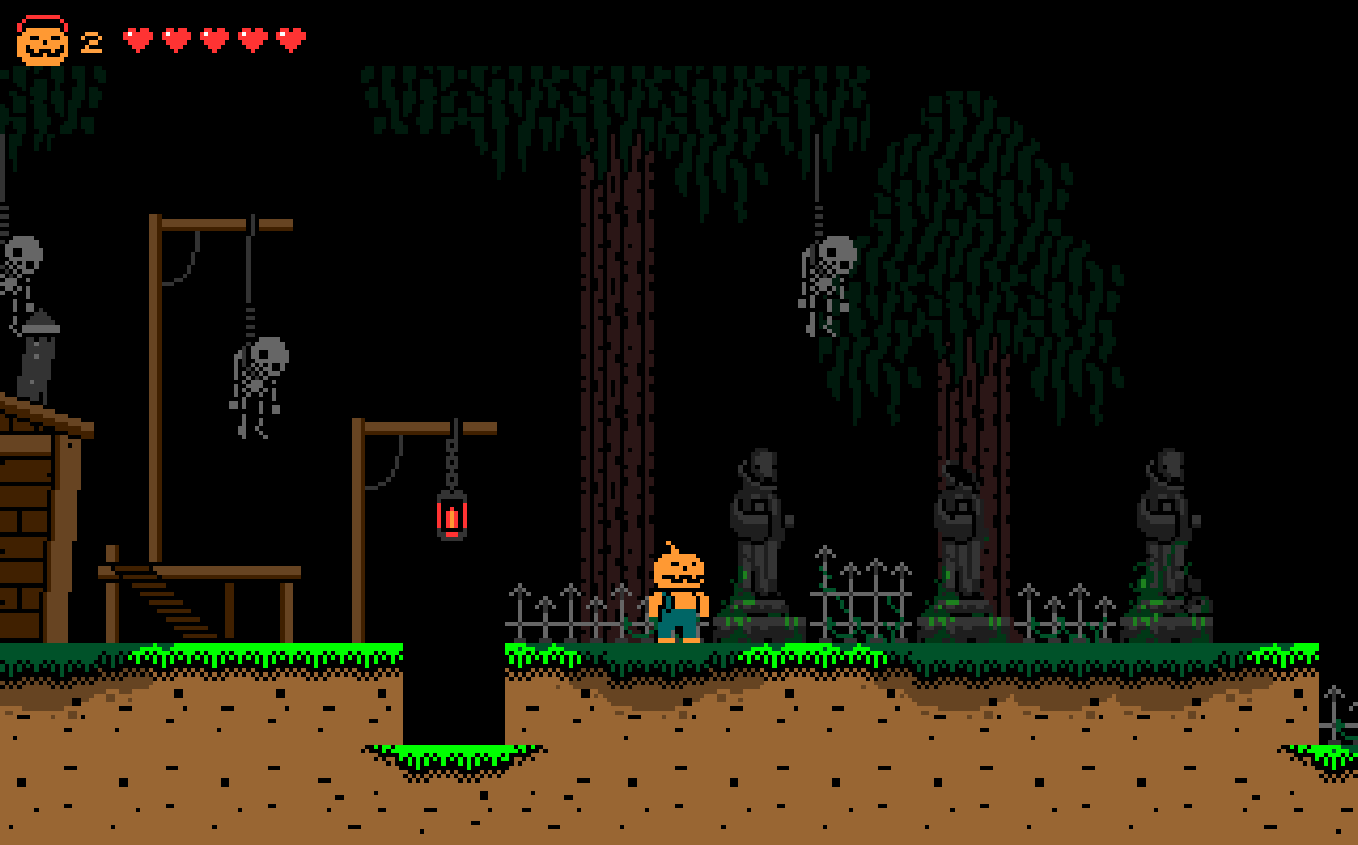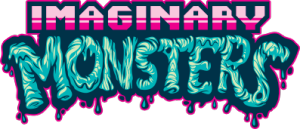Category: gamedev
-

Resources for Learning GameMaker
Some of my favorite GameMaker resources I started messing around with GameMaker back in Summer 2014 starting from knowing nothing about game programming. The closest things comparable I had done were miscellaneous html and css work and some basic Flash AS2 projects way back around 2007. I found documentation on GML scripting and other topics…
-
Halloween Forever Dev Blog: Boss Parade
Halloween Forever Bosses are coming in strong! Over the last week or so I’ve been spending most of my work time animating some larger enemies (be they level bosses or minibosses). Either way they’ve been coming together with some really fun results. Spoilers below if you don’t want to preview boss content! Let’s take a…
-

Deathstate and Halloween Forever interviews
I’m not sure what happened, maybe a full moon or some ley line action taking place, but I wound up getting to participate in some nice articles and interviews recently. I hope you enjoy them! Links to everything below. Playboy.com – Indie Horror Games Have the Freedom to Get Really Weird http://www.playboy.com/articles/indie-horror-games-freedom-get-weird Max Weinstein reached…
-

Halloween Forever Dev Blog: v. 1.021 and content sprint
Halloween Forever v. 1.021 I’m playing catch up a little, realizing I’ve been getting work done and documenting it a lot on my Twitter and Instagram but doing a poor job of having some descriptive lasting posts to talk about it. Also I’ve been hemming and hawing over where to actually post my Halloween Forever…
-
Halloween Forever on Steam 1/19/2016!
Steamed Pumpkin, Coming Right Up! After a few weeks of tinkering with Steamworks settings and troubleshooting getting a build live, Halloween Forever is ready to launch on Steam! I have it set to go live tomorrow at 6am (not sure if it’s Eastern time. Probably Pacific, but I might manually tick it live earlier). The…
-
Halloween Forever game dev: Steam SDK first steps and some new level tiles
Getting started integrating the Steam SDK into Halloween Forever This week I started spending some time with the Steamworks web panel. There are a lot of fields and tabs to fill in but focusing on one section at a time seems to be manageable. I was using this Gamemaker tutorial that I mentioned in a…
